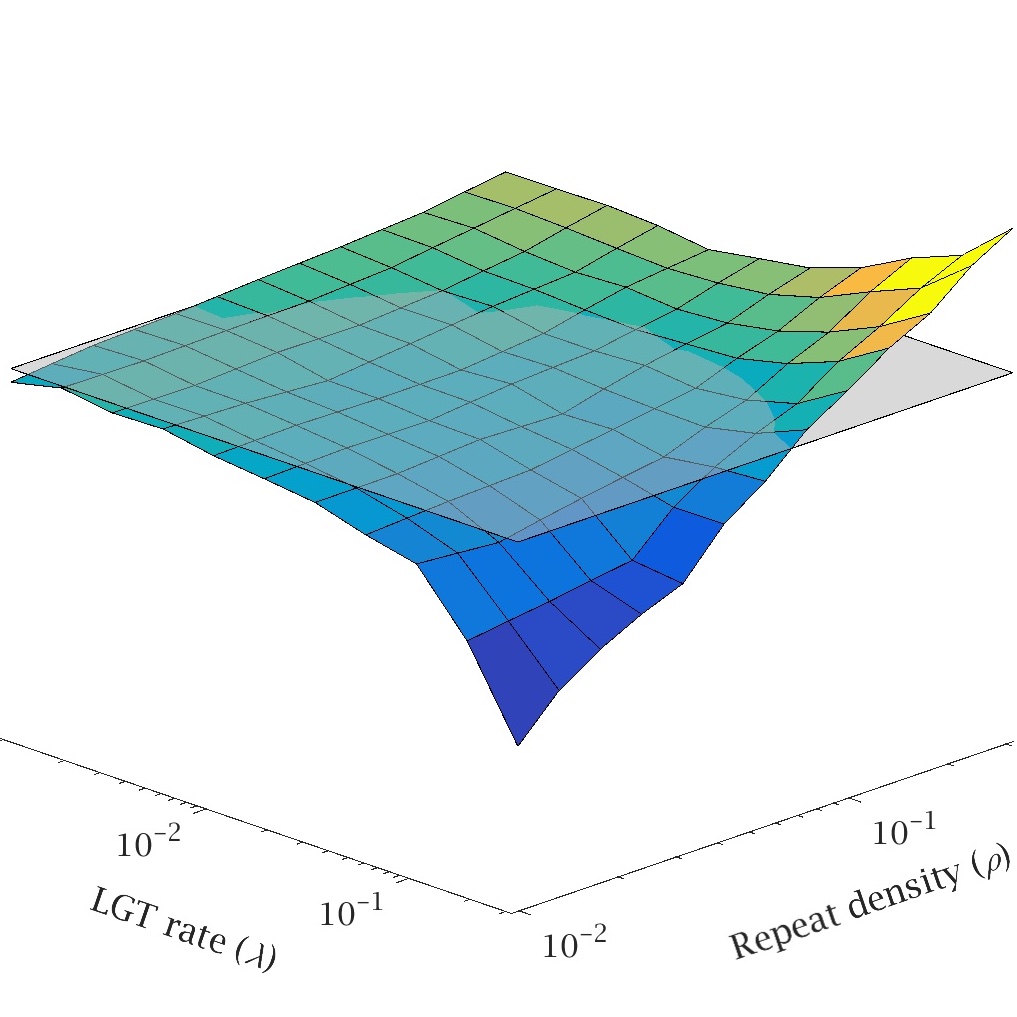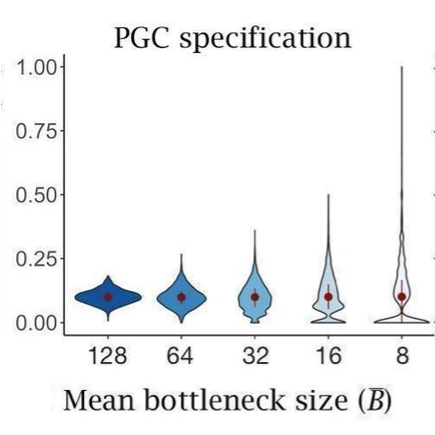Selected Publications

Repeat sequences limit the effectiveness of LGT and favoured the evolution of meiotic sex in early eukaryotes
Early eukaryotes underwent an unprecedented expansion in genome size and complexity, a process that was accompanied by a sharp rise in genetic repeats density. Using theoretical models, I demonstrate that these factors severely limit lateral gene transfer’s ability to prevent Muller’s ratchet, creating the conditions for the evolution of meiotic sex.
The need for high-quality oocyte mitochondria at high ploidy dictates mammalian germline development
How do germline processes help maintain mitochondrial quality in the face of mutation accumulation? Using computational and evolutionary models, I study the interplay between different levels of selection (individual, cell, and organelle) and show the importance of organelle-level selection in achieving high-quality mitochondria at extreme ploidy in mature oocytes. These findings explain the major features of female germline architecture, notably the longstanding paradox of over-proliferation of primordial germ cells followed by massive loss.

